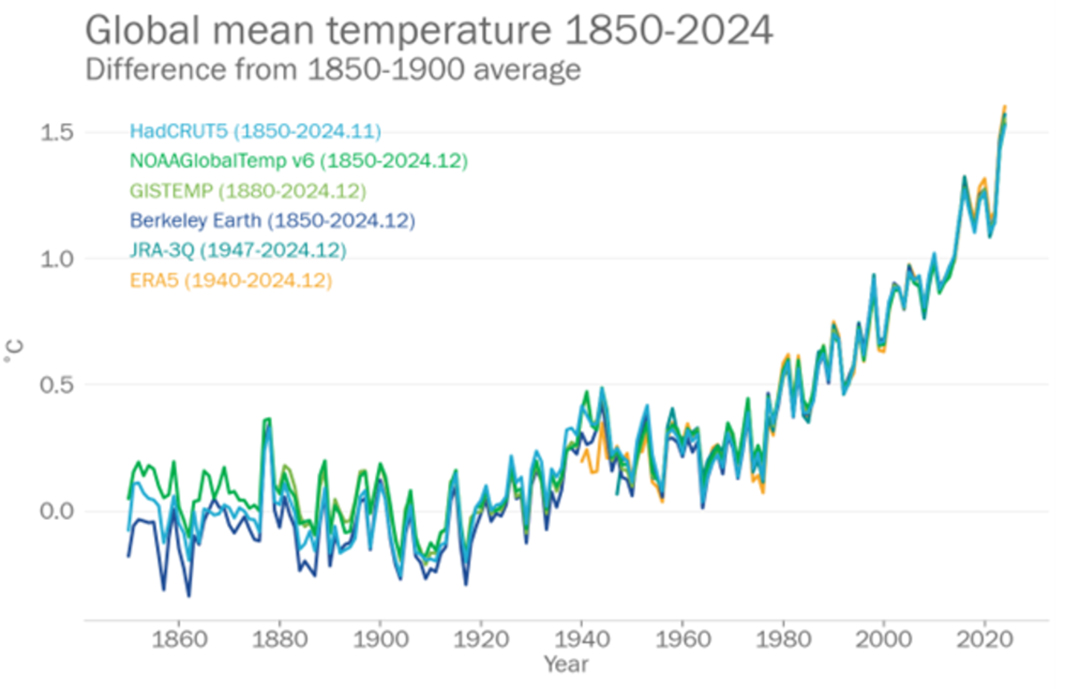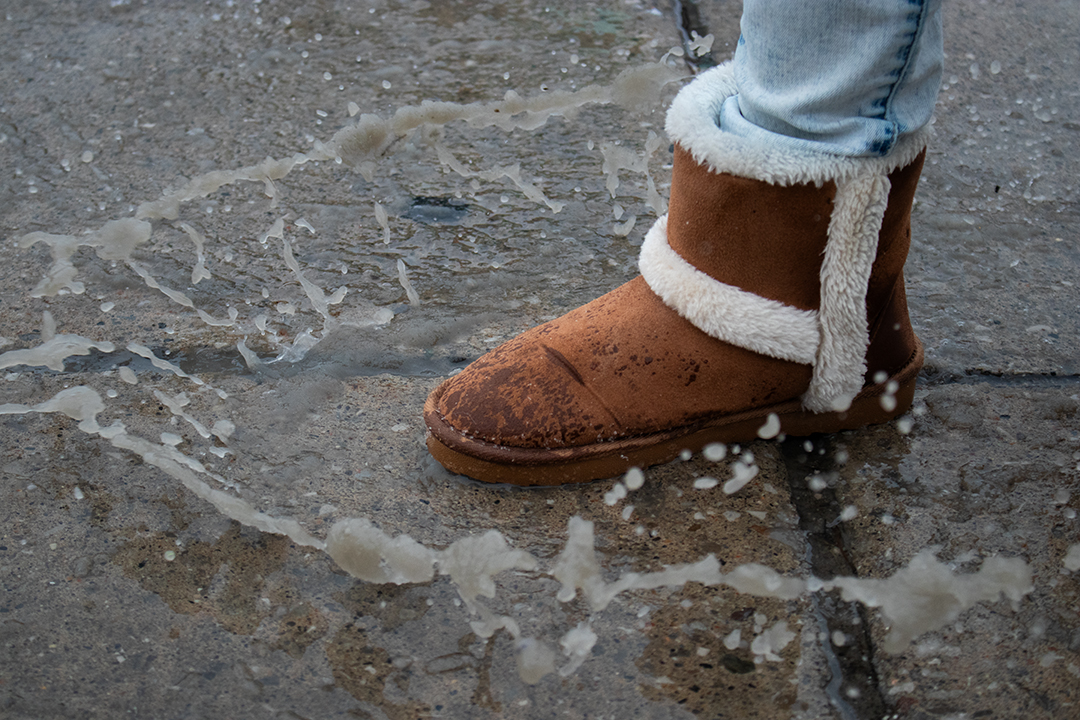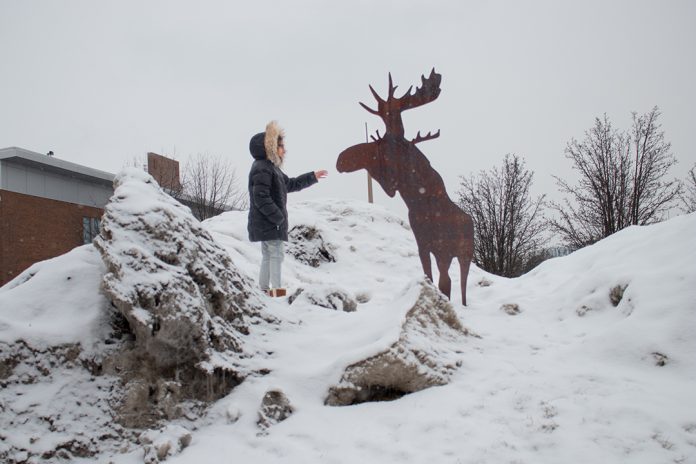Durham Region is trending towards warmer winters and might see more intense severe weather events in upcoming decades, climate experts say.
Last year was the hottest on record according to meteorological organizations, with average global temperatures reaching higher than they have since 1850. There is some debate about exactly how much warmer 2024 was compared to pre-industrial times, but estimates hover around 1.5 C.

In Canada, the warming is happening even faster – according to Environment Canada, the country warms about two times faster than the global average. Last winter was the warmest ever, The Weather Network reported, with temperatures about five degrees higher than the 1961-1990 average.
Although this winter might feel closer to the typical Ontario weather, the cooler temperatures don’t necessarily mean anything on a long-term scale. Doug Gillham, a meteorologist at The Weather Network, said that a more zoomed-out perspective is necessary when considering global warming.
”It’s not a linear change. It’s not like every year will get progressively warmer than the previous year,” he said. “A warmer climate is the background context, but there’s a lot of other things that dictate how a season will play out.”
Gillham explained that last year’s warm winter can be partially attributed to natural global cycles that affect worldwide temperature. This year, the cycles are reversed, bringing cooler temperatures, but on average, we’re still trending towards a warmer climate.
Climate change specialist Lauren Moretto from the Lake Simcoe Region Conservation Authority works to help communities monitor and adjust to the changing climate in the region. As global warming continues, Moretto said three key things will be affected: precipitation, the length of winter and the freeze/thaw cycles.
We can already see some of the changes taking place, Moretto explained. Recent years have brought less snow and more rain or freezing rain, for example, and winter seems to start in January rather than November like it used to. Spring comes earlier as well, with plants leafing out sooner than before.

Since the weather hasn’t been consistently cold even through the winter months, temperatures rise above zero and then dip below zero more often than they used to, which Moretto said used to be more common in the springtime.
Warming of the Great Lakes adds an element of unpredictability to the winter season, since the amount of ice on the lakes can impact the snowfall patterns in the region.
Lawrence Mudryk from Environment Canada said global warming will also bring more intense severe weather events. Mudryk is a research scientist who works on large scale estimates of snow that can be used to validate climate models.
”If you’re talking about a particular blizzard, the amount of snow accumulation that you get from one particular storm, we might expect that to increase,” he said. “Even though on average winters are getting warmer.”
There are some benefits of these milder winters, according to Moretto, such as the lengthened growing season that might increase farmers’ yield and profit. On the other hand, the changing climate will lead to unbalanced ecosystems that could upend a lot of things we expect from winter. As an example, the climate might become more conducive to invasive species.
”We’re seeing new invasive species, new vector-borne diseases from mosquitoes or ticks coming in, new risks,” Moretto said.
Winter recreation activities like ice fishing and skiing are at risk because the lakes don’t freeze over as often and snow is becoming less common. In addition, the melting and freezing cycles result in more ice in communities, leading to injuries and increased use of road salt.
“ We’re seeing impacts to our drinking water systems as the road salt goes into those systems,” Moretto said.
She added that in some communities the LSRCA works with, efforts are being made to prepare for flood risks and mitigate road salt usage. Natural solutions like ecosystem conservation and tree-planting are being implemented in an attempt to slow climate change and reduce the impact.
For now, Moretto said we need to accept that changes are happening and work to protect our natural environments. One of the key goals of the Paris Agreement was to keep global warming below 1.5 C, but even though last year crossed that threshold, Moretto said there’s still reason to be hopeful.
”As long as we’re diligent and we make strategies and plans that are meaningful, that we actually act upon and that have targets that are a bit aggressive,” she said. “We can work to make sure that the future won’t be as daunting as our models kind of show.”




